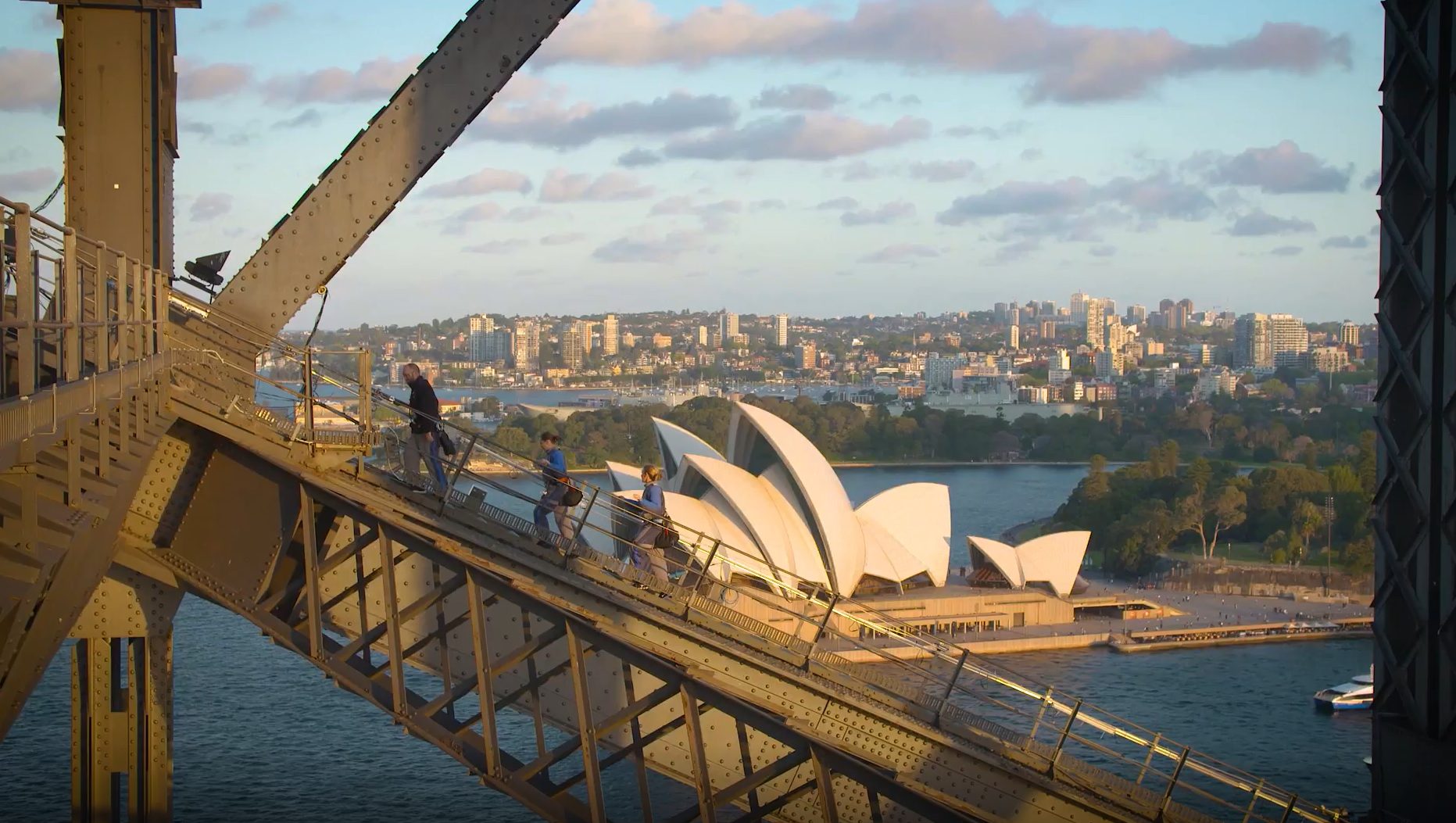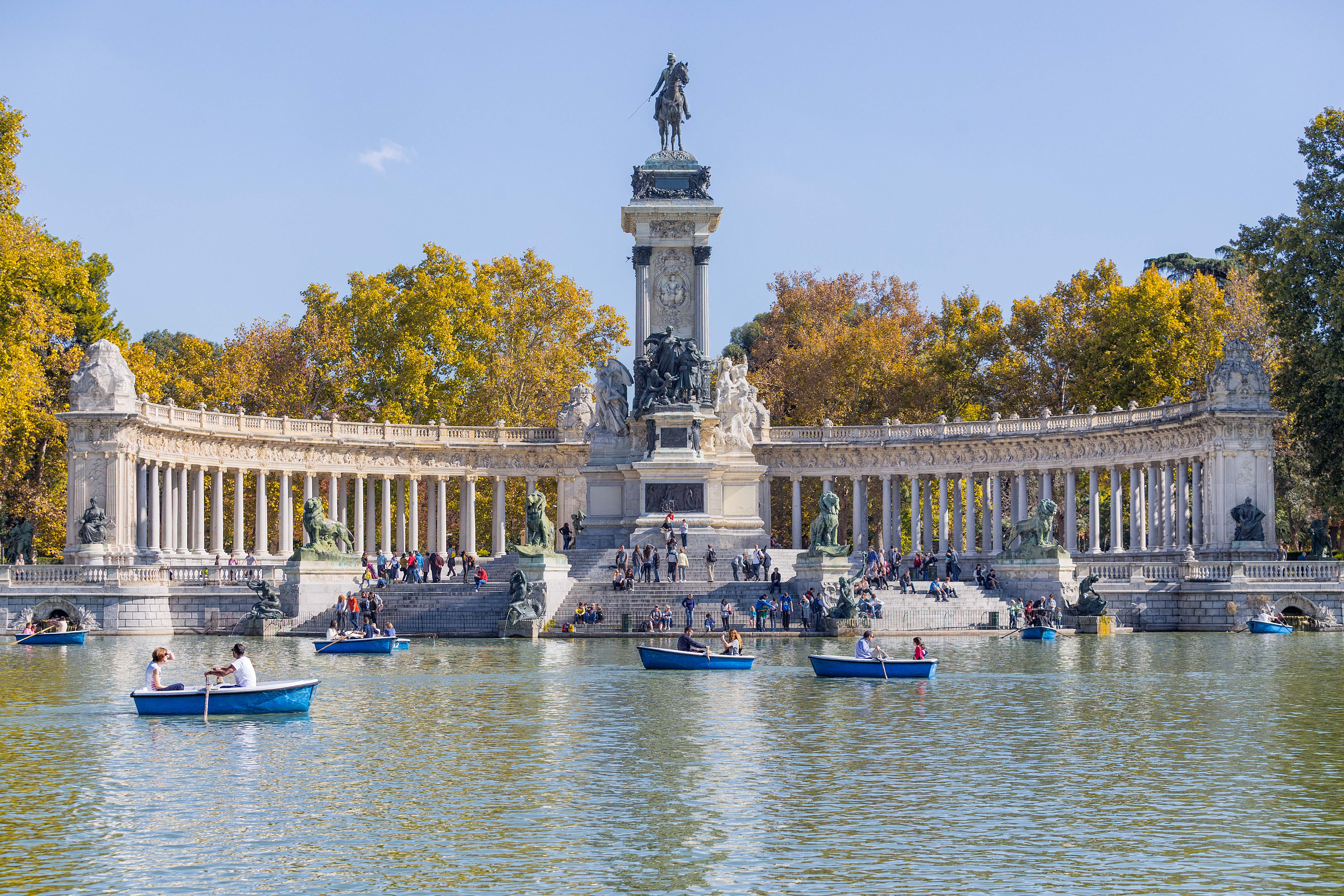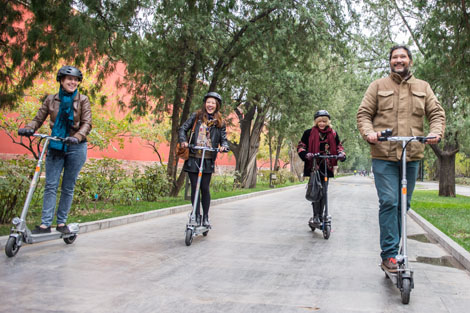
Dinner on the Great Wall or cocktails at the Forbidden City are both fabulous ways to appreciate the epic grandeur of imperial-era Beijing. But the real character of the capital is found in the unprepossessing surroundings of the hutongs, or alleyways. Planners can tap into more ideas on how groups can explore these areas: from scooter or sidecar tours to unique venues in the heart of the alleyways.
Until recently, organising a hutong MICE event with any style, or on a larger scale, was difficult; the courtyard homes, even the gentrified ones, have only been suitable for the smallest of groups. But Belgian entrepreneur Ignace Lecleir has recently debuted a new spot that allows planners to put on classy, larger-scale functions in the heart of a particularly atmospheric hutong.
Copper, which opened this summer, is a former nail factory that has been transformed into a venue capable of hosting up to 300 people for cocktails, or 160 for sit-down dinners. Guests are certainly aware they are in an authentic Beijing factory building – a giant hook, once used for moving parts around the brick building, still hangs from the ceiling.
The two-level space has been fitted out with a hi-tech sound system and state-of-the-art lighting, but guests only have to step outside to realise they are in the beating traditional heart of the city: a typical street scene would be a knife-sharpener ringing his bicycle bell to attract custom or a pair of old-timers going through their tai-chi routines.
The hutong is safe to visit, with a generally friendly reception from residents, but there is no escaping the fact that this is a poorer part of town, a glimpse of what life was like before China’s economic boom. Guests have to complete the last part of the journey on foot – the alleyways are far too narrow to accommodate buses.
Increasingly, planners are realising that world-class events can be held in the hutongs, particularly at the venues run by Lecleir. The former maître-d’ turned entrepreneur, also runs Temple Restaurant Beijing (TRB), a fine-dining establishment located in a Ming Dynasty era courtyard, which is just around the corner from Copper. The pièce de resistance for planners is TRB’s 600-year-old wooden temple, where the world’s most powerful fashion player, LVMH boss Bernard Arnault, recently hosted a dinner for select guests, while other VIP visitors have included the Queen of Belgium.
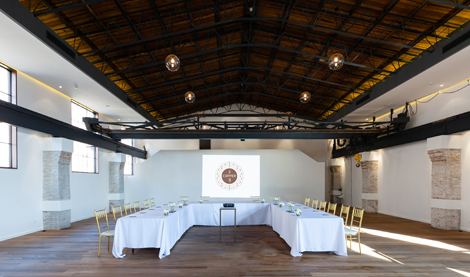
Lecleir is rapidly becoming a one-stop shop for planners seeking a high-end experience for their VIP guests. His next project will be to take over another restaurant in a rather special location: TRB Bites is in a building that has stunning views over the Forbidden City’s moat and vermillion walls.
Sidecar tours
Other hutong alternatives to the clichéd pedicab tours include taking a trip through the alleys by electric scooter, accompanied by a knowledgable local guide. The Bespoke Travel Company, which has drawn up itineraries for film stars Johnny Depp, Matt Damon and Jennifer Lawrence, offers the tours in conjunction with Beijing Sideways, a company that has a fleet of electric scooters, motorbikes and sidecars.
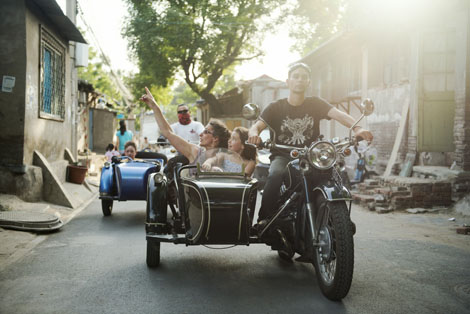
“The hutong tours allow people to see a side of the city that most tourists don’t go to,” says Bespoke founder Sarah Keenlyside, who has lived in the city for a decade.
“For big conferences, we also have things like the Beijing Time Chase, on motorbikes and sidecars, where we can take up to 40 people. In the hutongs you see old slogans from the Mao era, or the church where foreigners were holed up during the Boxer Rebellion. There is dinner at the end – and some kudos if you win!”
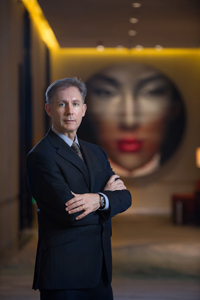 The alleyways and the courtyard dwellings are such an integral part of Beijing that the new Waldorf Astoria took the hutong theme for part of the building, with an eye fixed on the MICE market. A section of the property is a faux hutong, albeit with more luxurious facilities than the real deal: planners can utilise the whole area, including villas, or just one section. An underground passage links the main 172-room hotel with the hutong zone.
The alleyways and the courtyard dwellings are such an integral part of Beijing that the new Waldorf Astoria took the hutong theme for part of the building, with an eye fixed on the MICE market. A section of the property is a faux hutong, albeit with more luxurious facilities than the real deal: planners can utilise the whole area, including villas, or just one section. An underground passage links the main 172-room hotel with the hutong zone.
“Once you move across to the hutongs, you are in your own world,” says hotel general manager Alan Stocker. “We have seen quite a lot of exclusive product launches at the luxury end – jewellery and so on – and there is a combination of breakout rooms and small intimate locations where you can bond with guests. Within the hutongs there is also a private cinema area and private lounge.”
Luxury choices
Across the street from the Waldorf Astoria is one of the longest-established luxury hotels, the Peninsula, which is currently undergoing a major refurbishment. General manager Joseph Sampermans says the refit will allow the hotel to offer better banqueting facilities for MICE customers. Other options in this part of town include the Grand Hyatt, New World and W hotel.
The established properties have had to contend with a stunning new five-star arrival this year in the shape of Rosewood Beijing. A six-year revamping of the building – located just opposite the CCTV tower – included a focus on providing extensive space for events. Big-name clients have included Morgan Stanley, Harvard University and Tiffany.
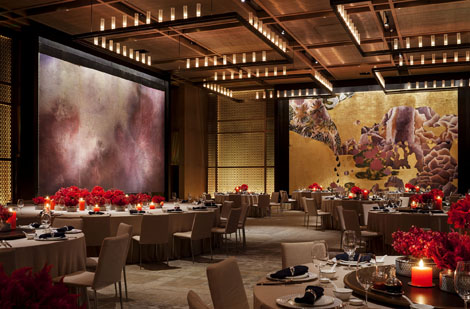
“We are able to be more creative with our support compared to other mainstream five-star star chain hotel groups,” says David Campbell, Rosewood Beijing’s director of sales and marketing. “Our events studio, for example, is a one-stop shop to showcase how creative we can be when designing events. The customer can pick out everything from plating patterns to tablecloth colours.
“Our pavilion event venue is a new product offering. This high-end residential space caters to upscale clients wanting a change from the usual function room.”
NUO debuts
Another newcomer vying for the competitive high-end MICE segment is NUO hotel, the debut brand of a Chinese group that has ambitious aspirations for its country’s high-end global travellers. There are plans to offer private jets and luxury yachts under the NUO brand and even a submarine for Arctic expeditions.
The general manager at the new high-rise hotel in Chaoyang is Adrian Rudin, who says that the NUO’s proximity to the 798 art zone fits well with the brand’s penchant for art.
“As we are only five minutes from the 798 Art District, we work very closely with some of the Beijing galleries and artists on personal tours which can be very educational and could be interesting for corporate groups visiting Beijing,” says Rudin.
“We also have a unique relationship with legendary artist Zeng Fanzhi. We also have 13 different Chinese artists represented in our hotel’s dedicated art gallery and many artistic, cultural and contemporary design elements from the Ming Dynasty are reflected throughout the hotel.”
Close by is EAST Beijing, also with a strong art theme, and the added novelty of having China’s most renowned artist, Ai Wei Wei, as a regular client. During the summer months, EAST has an extensive outdoor patio that can be used for functions.
The art zone in general has become a must-stop on any Beijing itinerary, popular for its collection of contemporary galleries, craft stores, boutiques and coffee shops. One survey put it in the Top 10 of city attractions – up there with the Temple of Heaven, Tiananmen Square and the Great Wall.
Great Wall dining
New options for groups abound in Beijing, but the big-ticket imperial-era landmarks will always be the prime attraction. No other major Asian city has such an intense concentration of historical buildings, many of them more than willing to host events.
“Dinner on the Great Wall is still one of our most popular functions,” says Jenny Zhu, Beijing-based deputy general manager of Destination China. “Normally if we have dinner there we go in the late afternoon and give guests time to admire the views and then they have a specially catered dinner by a five-star hotel. We also bring all the lighting and equipment and offer some entertainment. We can accommodate groups from 30 up to about 900 people.”
